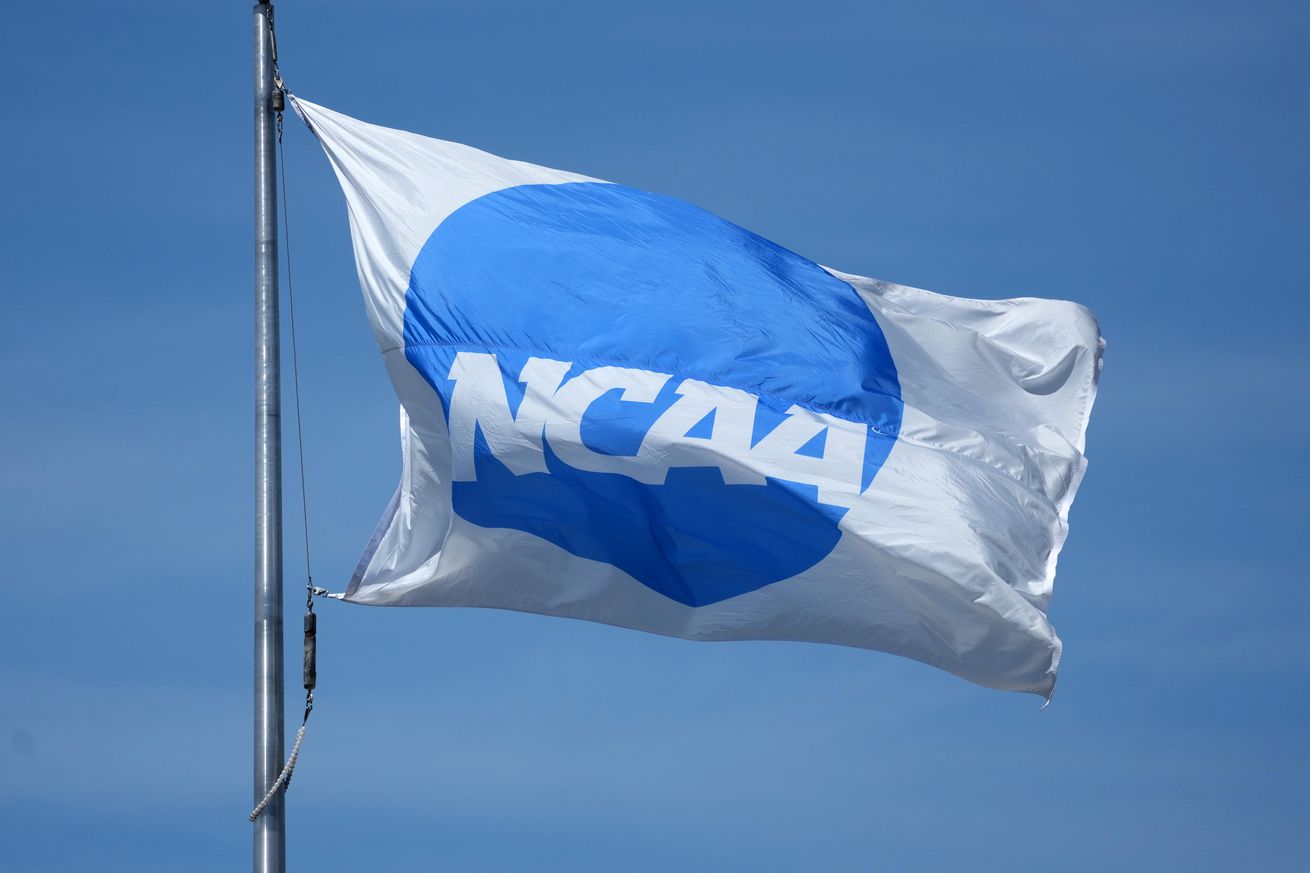
Is anything actually going to change here?
We last wrote about the changing college sports landscape, as it relates to the House Settlement, in early June shortly before Judge Claudia Wilken granted it final approval.
In short, the settlement:
- Allows schools to directly share revenue with their student-athletes, to the tune of approximately $20.5 million per year, with the bulk of that going to football and men’s basketball players. Although universities can decide exactly how to distribute their rev share, this effectively created a salary cap for their athletes. College athletes can continue to make money from Name, Image, and Likeness (NIL) deals but this was expected to be more closely regulated under the terms of the settlement.
- Prompted the creation of a College Sports Commission (CSC), which is tasked with monitoring schools to make sure they don’t exceed this salary cap by evaluating potential NIL to make sure they meet a “legitimate business purpose”.
- The CSC commissioned accounting firm Deloitte to help with this policing. Deloitte created NIL Go, where athletes are required to register, and seek approval for, any NIL deal in excess of $600.
Initially, “Collectives” were not deemed to meet the “legitimate business purpose” definition. This may be an oversimplification but collectives are basically booster organizations that raise and funnel money directly to college athletes, which used to be illegal under NCAA rules. Years ago, SMU football got the “death penalty” from the NCAA for paying players under the table.
This all changed, however, when Tennessee’s Attorney General, along with those from other states, sued the NCAA, resulting in a settlement where the NCAA agreed to stop enforcing its rules regarding NIL payments to athletes. The result was lucrative collective-funded NIL deals like the one received by Michigan freshman quarterback Bryce Underwood .
Sports Illustrated’s Bryan Fischer recently wrote:
Previously, the CSC had ruled NIL deals with athletes which were either paid by, or brokered by, school collectives were not deemed a valid business purpose. That forced a pause on deals submitted by collectives, players or other representatives on the new NIL Go platform.
That hits upon the heart of what the settlement was designed to do: limit collective payments that had little connection to a player’s actual NIL.
Perhaps it should come as no surprise that the collectives didn’t like this.
Ross Dellegner at Yahoo Sports has reported that the attorneys in the House Settlement, along with the NCAA’s power conferences, are working out a deal to relax the constraints on NIL deals made with collectives.
Now, the CSC is expected to treat collectives as a “school-associated entity” in the same way as businesses when determining the legitimacy of an NIL deal. Dellenger reports that some NIL deals made with collectives which were initially rejected will now be re-evaluated.
Is anyone really shocked here?
Does this just continue to pave the way for wealthy boosters to attempt to buy their favorite team a national championship? Is this any good for college sports?
Wake Forest football coach Jake Dickert said:
“We’ve got to decide if we want Major League Baseball or we want the NFL. Major League Baseball has some teams with $250 million [payrolls] and some teams playing Moneyball at $40 million. Or do we want a hard salary cap like the NFL and who’s doing the best with their resources? You know, the NFL doesn’t have GoFundMe for free agents, right? They don’t, they play with a certain set of rules.”
This author has argued that college athletes who generate revenue for their schools should receive a share of that revenue. This recent development, however, seems like it will just continue to widen the gap between the haves and have nots, limiting the schools that can actually compete at the highest level to a very select group, possibly severely decreasing fan interest altogether.
